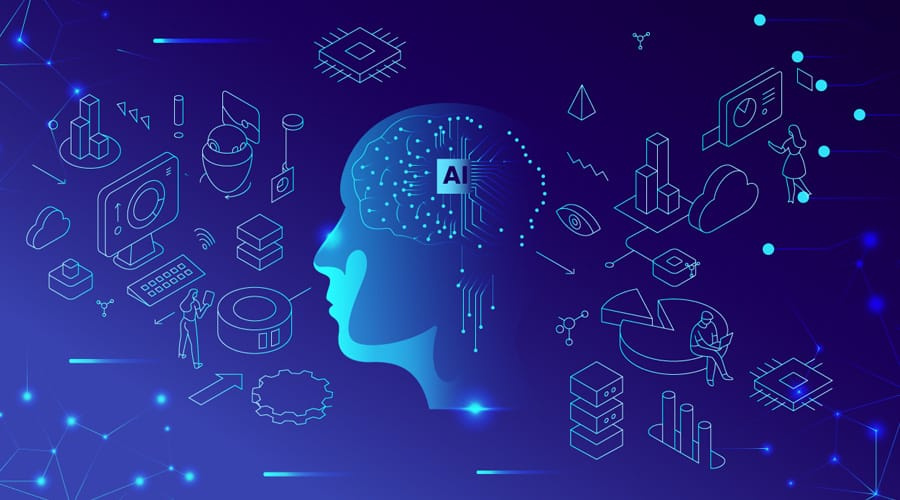TABLE OF CONTENT
What is Web3 AI?
How Web3 AI Integrated and Work Smoothly Together
Reasons Why Web3 AI Should Not To Be Missed in Singapore
5 Web3 AI Examples Which Can Inspire Your Journey
Challenges and Tips To Take Advantage Of Web3 AI
Conclusion
What is Web3 AI?
Definition
Web3 AI represents the integration of artificial intelligence into decentralized digital environments to create systems that operate with autonomy, transparency, and adaptability.
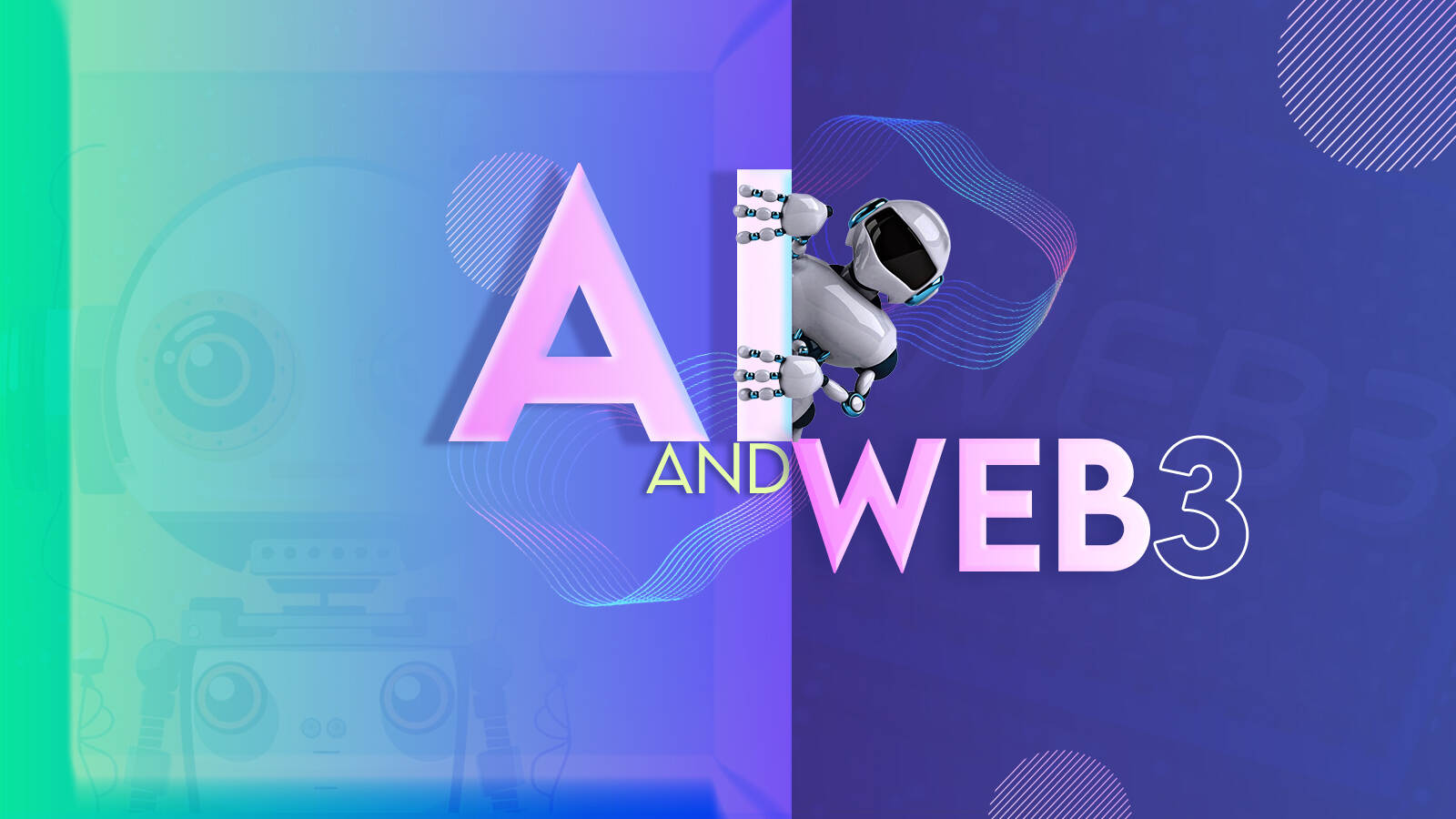
This combination is so powerful that no one can deny it, as blockchain technology from Web3 has the ability to structure ownership, governance, and transactions; while AI introduces deep predictive analytics and automated reasoning. This creates important ecosystems where intelligent decision-making has the potential to enhance decentralized infrastructure and eliminate dependence on centralized entities.
Web3 AI applications in practice are no longer just a trend to embrace. It is already in practice and is about to have strong breakthroughs. An example of this enhancement is AI-driven smart contracts. They can now assess market movements, detect anomalies in real time, and modify execution paths quickly without human intervention. Convergence enables Web3 AI to improve at every surface level and restructure digital ecosystems to foster intelligent, self-sustaining networks.
Key features
- Autonomous decision execution: AI algorithms analyze data streams, evaluate conditions in real time, and execute blockchain operations without external intervention.
- Decentralized intelligence networks: AI models run on distributed nodes to eliminate centralized control while optimizing computational resources.
- Adaptive smart contracts: Machine learning mechanisms fine-tune the behavior of smart contracts, allowing users to contextually adjust the execution logic.
- Intelligent fraud detection: AI models scan blockchain transactions to identify inconsistencies immediately and prevent unauthorized mining.
- Automated governance mechanisms: AI-driven Web3 decentralized applications are developed based on user interaction to powerfully fine-tune services and optimize resource allocation.
Types of Web3 AI
Some of the main types that have emerged as a result of the integration of Web3 AI:
AI-infused smart contracts
Traditional smart contracts often execute based on pre-set rules, limiting flexibility in some unpredictable situations. Web3 AI significantly improves this situation when AI is able to make appropriate adaptations based on real-time data analysis.

Machine learning algorithms detect fraudulent behavior, adjust conditions dynamically, and refine execution models to enhance security and efficiency. In decentralized finance (DeFi), this behavior plays an even more important role in assessing the liquidity risk of smart contracts. From there, businesses will easily optimize profit strategies and minimize vulnerabilities in volatile markets.
Intelligent blockchain oracles
Oracles connect to Web3 through blockchain networks with external data sources, but are often vulnerable to manipulation and negative impacts from third parties. With the integration of AI into Web3, this will no longer be a concern for businesses! Oracles are now authenticated, interpreted, and cross-checked by AI. This increases trust especially in automated trading.
In security-conscious financial markets, AI-tuned oracles refine pricing models over time to protect against market manipulation and inaccurate data feeds, such as sports betting results and market economic indicators.
Machine learning in Web3
AI models analyze trading behavior, evaluate historical patterns, and predict future activities in decentralized ecosystems. These applications support fraud detection in cryptocurrency exchanges as one of the core activities of Web3, where Web3 AI machine learning algorithms identify suspicious activities and prevent unauthorized transactions and security breaches.
In decentralized identity management, AI-driven models also refine verification protocols by analyzing biometric data about users’ behavior and past interactions.
Natural Language Processing (NLP)
As a prime example of the complete integration of Web3 AI, NLP-powered AI supports human language processing, enabling decentralized applications to integrate intelligent chatbots, automatic translation, and content recommendations.
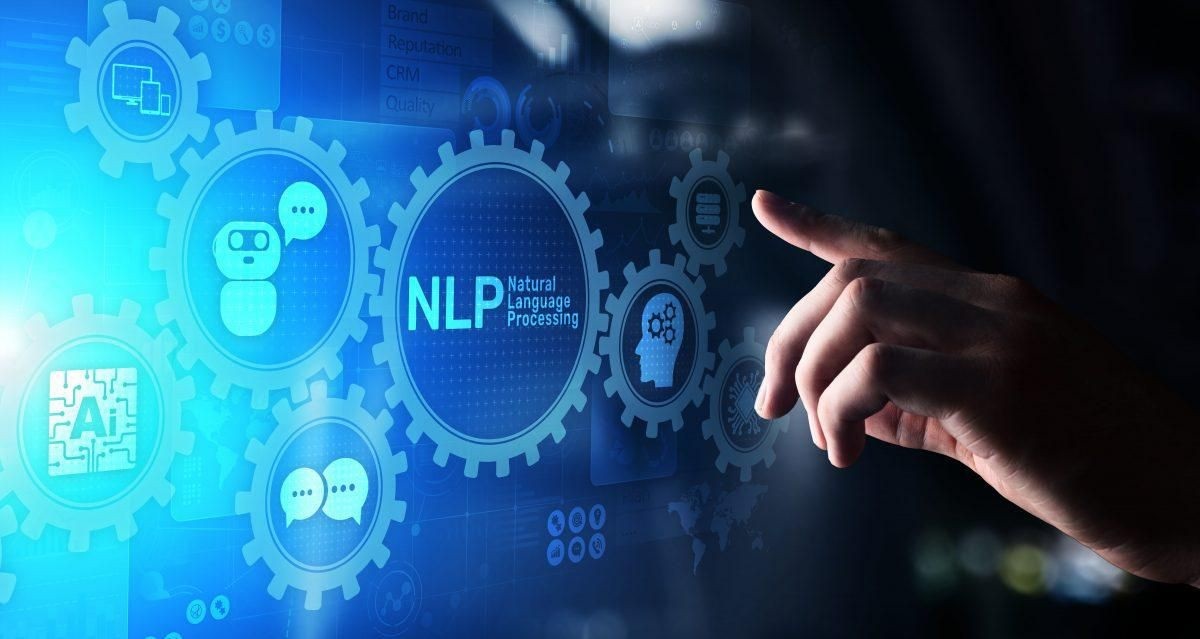
Decentralized browsers will now leverage AI to personalize the user experience by adjusting the content displayed based on each individual’s browsing behavior. AI-powered virtual assistants in DAOs (Decentralized Autonomous Organizations) also streamline governance discussions and summarize important insights to support decision-makers.
Computer vision for digital assets
Web3 AI includes AI-powered vision models that authenticate digital assets, verify the authenticity of NFTs, and detect counterfeit tokens. By analyzing metadata and transaction history, AI instills strong user trust in the NFT marketplace and verifies digital ownership.
Web3 AI platforms that integrate computer vision mitigate fraudulent activities and affirm integrity in the blockchain-based digital economy.
You should also read this article: Web3 Payment Revolution: Pioneering a New Era of Finance in Singapore
How Web3 AI Integrated and Work Smoothly Together
Web3 AI transforms decentralized networks into intelligent, self-governing systems. All interactions are cryptographically authenticated and serve as a foundation for AI to process blockchain data, enhancing automation, security, and decision-making speed across applications.
Architectural layers of Web3 AI integration
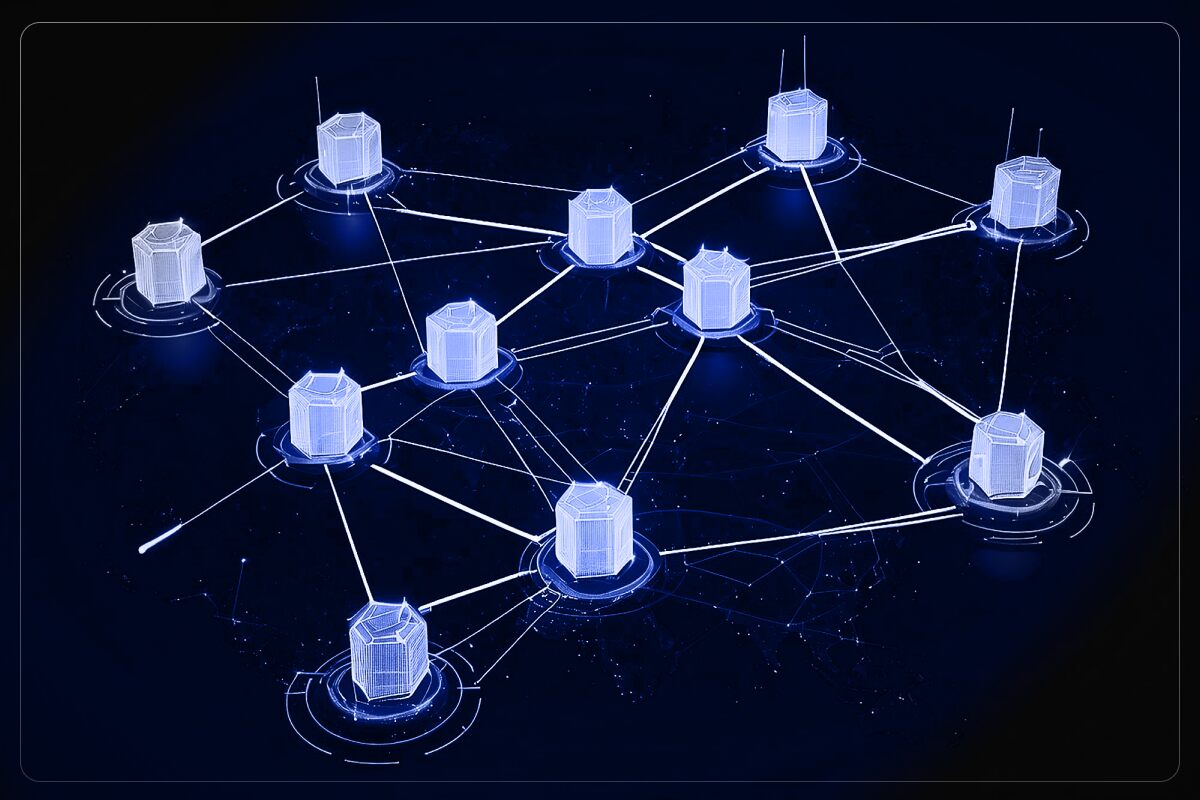
- Decentralized data infrastructure: Blockchain stores data, including structured and unstructured data, to provide immutable records for AI to analyze. Distributed storage networks maintain accessibility without relying on centralized databases.
- AI computation layer: AI models run on decentralized networks and process data without centralized control. Machine learning algorithms now run on blockchain nodes and continuously train on transparent data sets.
- Smart contract execution: AI enhances contract logic, introducing adaptive decision-making. These contracts process inputs in real time and have the ability to modify execution parameters based on data-driven insights.
- Interoperability mechanisms: Cross-chain protocols facilitate AI interactions to be freely controlled across multiple blockchain ecosystems. This mechanism synchronizes the decentralized intelligence of Web3 AI and allows it to operate seamlessly across different platforms.
- Trustless verification layer: AI integrates with zero-knowledge proofs to authenticate computations without exposing sensitive details. This layer reinforces privacy while maintaining transparency and accuracy.
Step-by-step process of Web3 AI
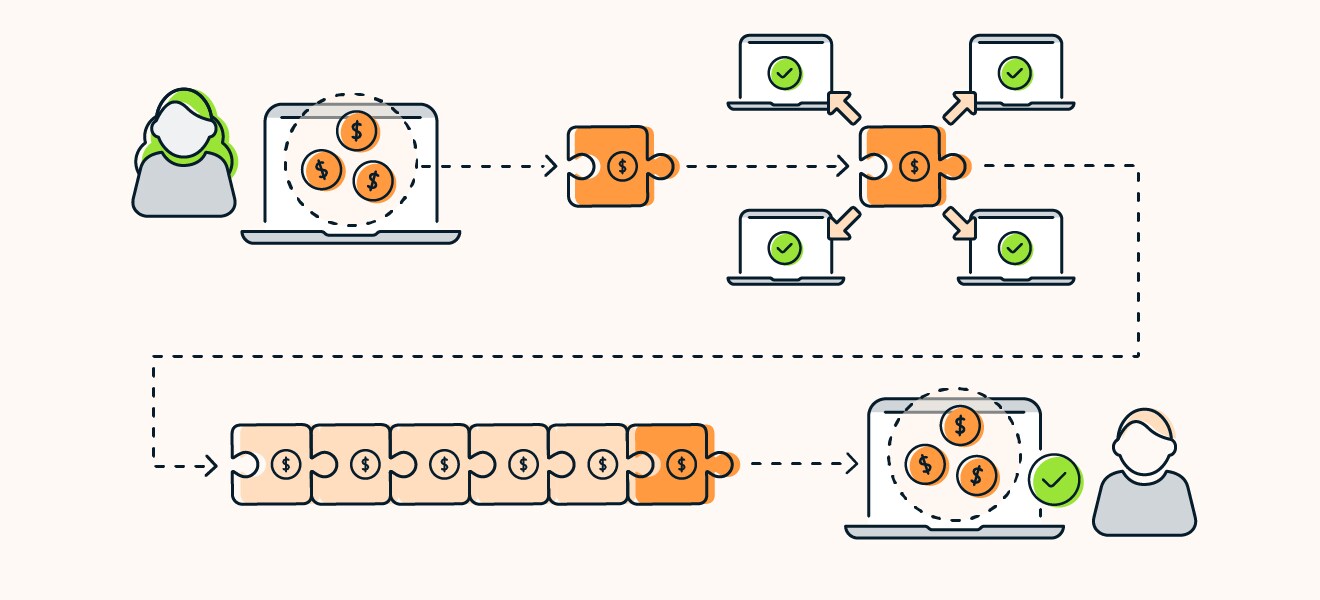
- Step 1: Data extraction and structuring: AI retrieves real-time and historical blockchain data for analysis. Distributed ledgers provide transparent datasets to drive accuracy for AI-driven computations.
- Step 2: AI model training and optimization: Decentralized AI models process transaction history, refine fraud detection, risk assessment, and predictive analytics. These models evolve through continuous learning and increase in accuracy over time.
- Step 3: Automated smart contract activation: AI-driven contracts respond to external inputs to execute transactions based on data-driven conditions. Market fluctuations, risk assessment, and user behavior influence contract behavior in real time.
- Step 4: Decentralized decision processing: AI-driven algorithms analyze governance proposals, financial transactions, and market trends. They support DAOs, decentralized finance, and tokenized ecosystems, thereby optimizing the overall decision-making process.
- Step 5: Security monitoring and anomaly detection: AI continues to scan blockchain networks to identify suspicious activities and potential vulnerabilities. Cryptographic algorithms detect anomalies if present and immediately address threats before they escalate.
- Step 6: Self-adaptive system enhancements: AI continuously refines blockchain protocols by adjusting network parameters to maintain efficiency. Optimization models balance computational loads to ensure smooth, scalable performance.
In practice, Web3 AI is frequently used to:
- Analyze biometric data and historical transactions
- Set up AI-powered tokenomics modeling to assess supply-demand dynamics, optimize token distribution
- Analyze sentiment for crypto markets through social media trends, news sentiment, and market data
- Automated network expansion
Reasons Why Web3 AI Should Not To Be Missed in Singapore
Singapore is at the forefront of digital transformation, leveraging artificial intelligence and blockchain to redefine industries. This is also the fundamental foundation for Web3 AI to have the opportunity to develop outstandingly in this country.
Of course, if you want to become a business leading this trend wave, you should not ignore Web3 AI with its ability to reshape financial management and build powerful enterprise solutions in security and intelligence.
Regulatory clarity for Web3 AI growth
Singapore builds structured policies to manage the emergence and innovation of Web3 AI. The Monetary Authority of Singapore (MAS) regulates digital assets, decentalized finance (DeFi), and AI-driven automation under a transparent legal framework. As a Singaporean business, whether at the start-up or large level, your team can take advantage of this regulatory certainty to scale Web3 AI solutions without facing legal ambiguity.
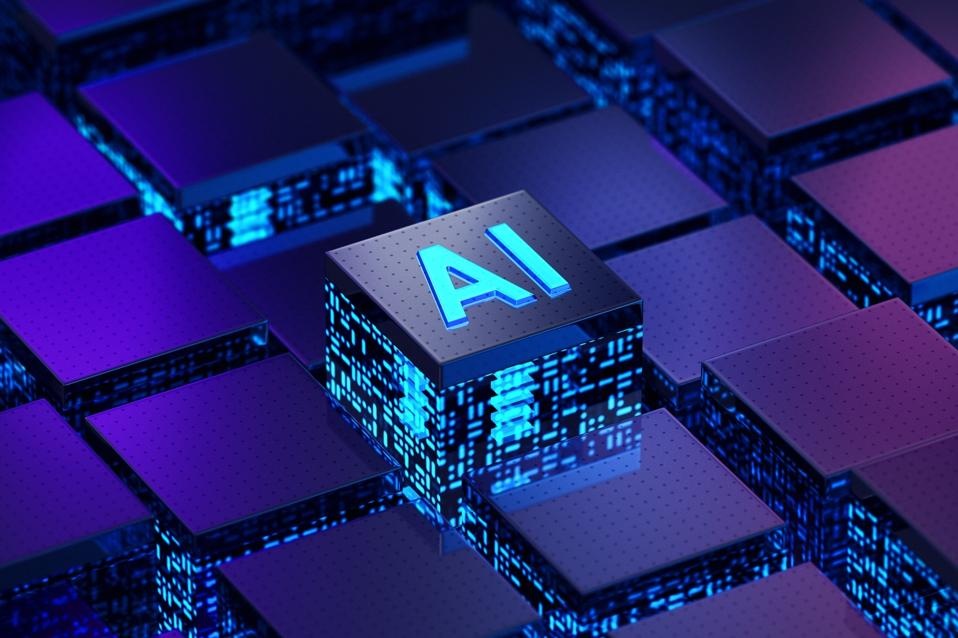
Some specific regulations in Singapore:
- Payment Services Act (PCA): Regulates digital payment token services, including cryptocurrency exchanges, stablecoin issuers, and AI-driven DeFi platforms. They are strict on Anti-Money Laundering (AML) and Countering the Financing of Terrorism (CFT).
- AI Governance Framework: Developed by Infocomm Media Development Authority (IMDA) and Personal Data Protection Commission (PDPC), this framework requires responsible AI adoption in decentralized applications. When using Web3 AI with smart contracts or NFT marketplaces, you need to regulate them in accordance with ethical AI principles.
- Personal Data Protection Act (PDPA): Regulates AI-driven data processing in Web3 applications to ensure that AI-powered decentralized identity (DID) solutions and AI-enhanced oracles process user data with privacy protections. AI-driven KYC (Know Your Customer) and AML processes are aligned with Singapore’s data protection policies.
This clarity drives institutional adoption of Web3 AI and is also attracting global blockchain companies and AI developers to build next-generation applications.
Thriving AI and blockchain ecosystem
Singapore has been fostering a dense network of AI research labs, Web3 and blockchain startups, and government-backed tech incubators. Institutions such as Nanyang Technological University (NTU) and National University of Singapore (NUS) are driving AI research and applications in decentralized technologies.
The country is also promoting AI talent and developing a variety of machine learning model development processes to enhance Web3 AI examples, detect fraud, and enhance decentralized governance. Many factors, from technology to people, have helped Web3 AI thrive in Singapore.
Strategic position in global trade and finance
Singapore’s position as a global financial hub makes it an ideal testing ground for Web3 AI solutions in fintech areas such as banking, cross-border payments, and supply chain finance.

In this context, AI-powered smart contracts, as a form of Web3 AI, play a key role in automating cross-border transactions. They remove the barriers associated with complex and multi-dimensional coordination of intermediaries by executing transactions in real-time while ensuring regulatory compliance. In addition, AI-powered anti-money laundering (AML) enforcement continuously monitors blockchain transactions to flag suspicious activities based on pattern recognition and historical data analysis.
Web3 AI emerges as a key enabler for Singapore’s trade finance industry. It helps organizations access funding faster, which is a hugely positive outcome, and is a testament to the potential for Web3 AI deployment in the country.
Robust digital infrastructure and 5G networks
Singapore is considered to have one of the most advanced digital infrastructures in the world, with comprehensive 5G connectivity, high-speed data centers, and a government-driven digital transformation strategy. These factors make the country an ideal hub for Web3 AI applications, and it would be a shame if your business did not fully leverage its effectiveness in the current trend context.
Web3 AI is thoroughly facilitated to bring key benefits:
- Ultra-fast transactions: AI-powered blockchain nodes leverage 5G’s ultra-low latency to execute smart contracts and financial transactions almost instantly.
- Optimized blockchain scalability: AI predicts network congestion and dynamically adjusts transaction fees to maximize user experience.
5 Web3 AI Examples Which Can Inspire Your Journey
Singapore has emerged as a hub for innovative Web3 AI projects, blending artificial intelligence with decentralized technologies. Here are five notable initiatives leading this convergence. Read on, as you can learn a lot from their success and even incorporate them into your current processes.
ChainGPT
ChainGPT is a platform that owns an advanced Web3 AI infrastructure, leveraging artificial intelligence to enhance blockchain applications. It provides AI-powered tools for smart contract development, security audits, and automated trading.
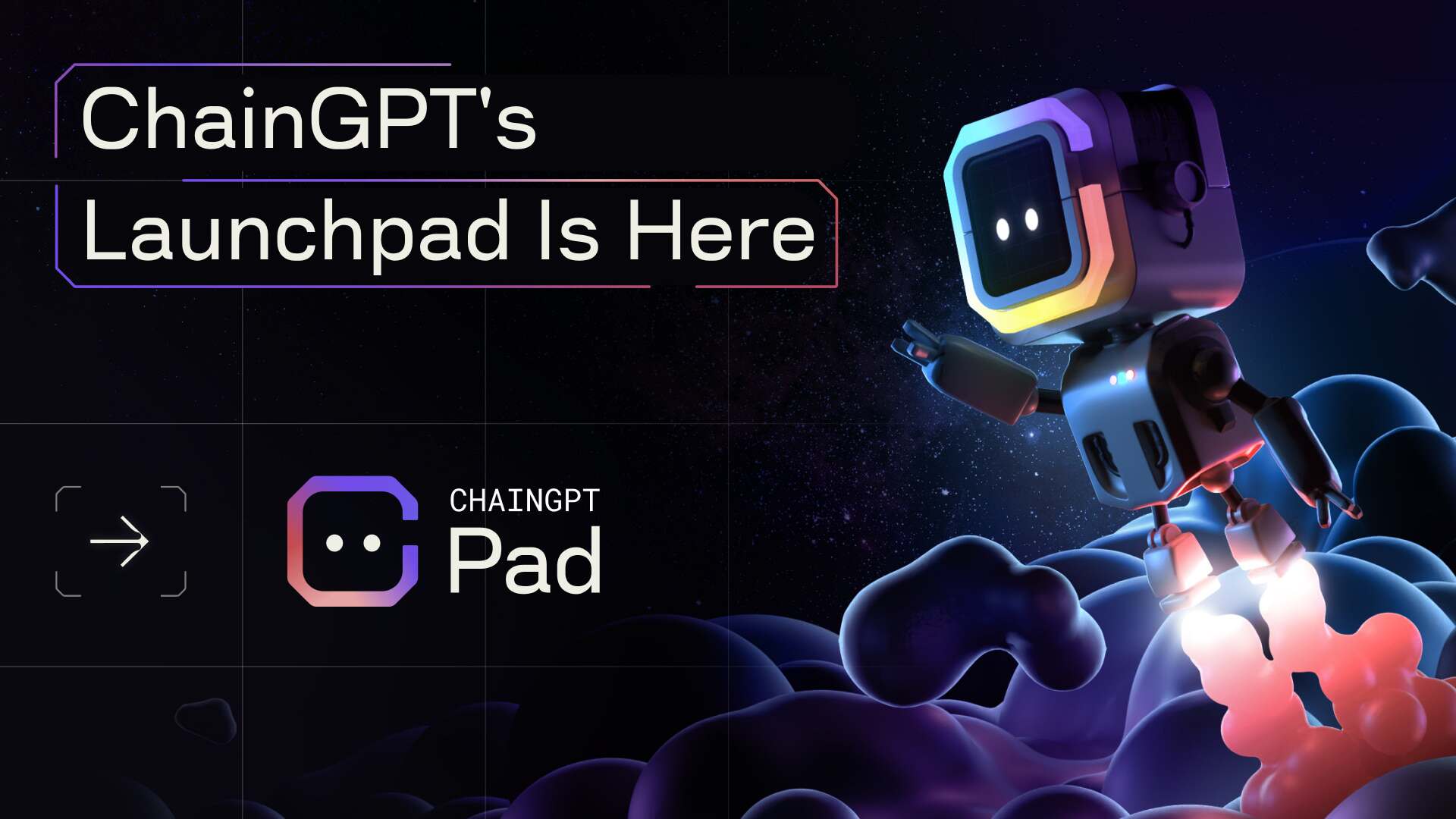
In September 2024, ChainGPT made headlines at TOKEN2049 in Singapore, co-hosting major industry events with major companies such as TRON and CertiK. ChainGPT’s role in connecting AI with decentralized finance (DeFi) and cybersecurity has the community extremely excited. ChainGPT also supports early-stage startups, and provides funding and mentorship to innovative Web3 AI projects.
Key features of ChainGPT:
- AI Virtual Machine (AIVM): Executes AI models on-chain for real-time decision-making and data security.
- ChainGPT labs: Funds and incubates early-stage blockchain AI projects.
- CryptoGuard: AI-powered security extension for detecting vulnerabilities in smart contracts.
- Automated trading & insights: Provides AI-driven analysis for crypto trading and risk assessment.
- AI Chatbot for blockchain queries: Assists users and developers with blockchain-related questions using AI.
Alethea AI
Alethea AI is a pioneer in AI-driven digital identity in the blockchain space. It enables users to create intelligent, interactive avatars. These avatars are capable of engaging in conversations, evolving over time, and participating in virtual experiences.
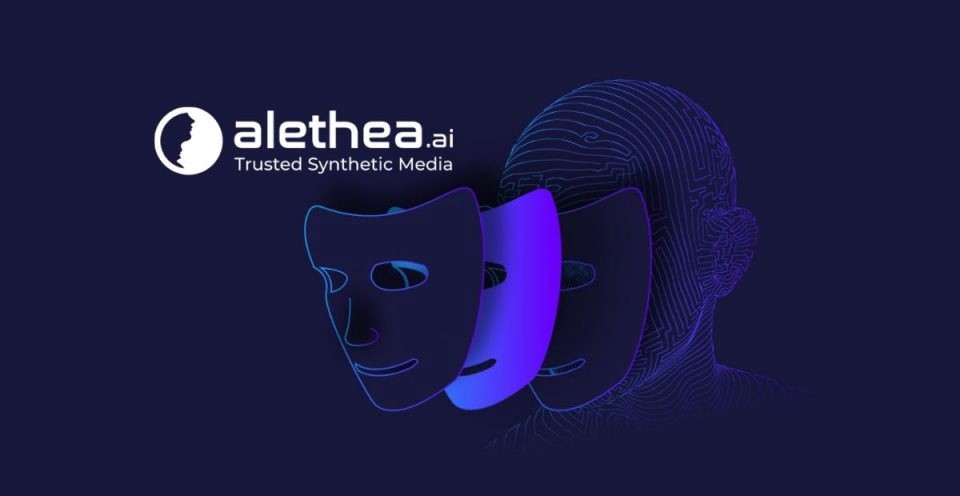
Incorporating and applying Web3 AI in a brilliant way, Alethea AI enables ownership verification of AI-generated content and ensures control over digital identities. The project is also actively participating in the metaverse to enhance the ability to support and interact with virtual AI. It provides new ways for users to experience AI-driven storytelling, gaming, and content creation.
Key features of Alethea AI
- CharacterGPT: Generates AI-driven characters with customizable personalities and behaviors.
- iNFT protocol: Embeds AI into NFTs, allowing them to learn and evolve.
- Blockchain identity & security: Ensures traceable ownership of AI avatars and NFTs.
- AI-powered storytelling: Enables digital avatars to generate real-time conversations and narratives.
- Metaverse & gaming integration: Enhances immersive experiences with AI-driven digital identities.
SingularityNET
SingularityNET is a decentralized AI marketplace that allows users to access and trade AI services on the blockchain. By removing intermediaries, it gives AI developers the opportunity to monetize their models directly while maintaining transparency and security.
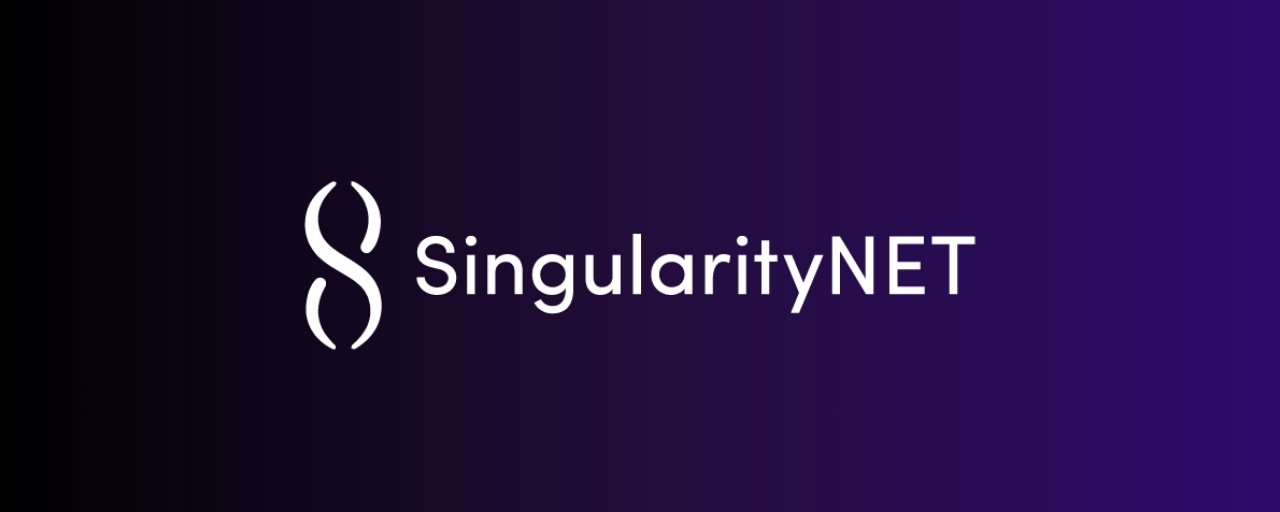
The project is a leader in Artificial General Intelligence (AGI) and is part of an alliance focused on advancing decentralized, as taking advantage of Web3 AI. Through this governance model, SingularityNET aligns the ethical standards and community benefits of AI development with the cutting edge of AI technology.
Key features of SingularityNet
- Decentralized AI marketplace: Allows developers to monetize AI services without intermediaries.
- Artificial Superintelligence Alliance (ASI): Partners with Fetch.ai and Ocean Protocol for AGI advancements.
- Blockchain-based AI governance: Ensures fairness and transparency in AI decision-making.
- Multi-agent AI systems: Facilitates AI collaboration for more complex problem-solving.
- Decentralized AI cloud: Provides scalable AI processing without relying on centralized servers.
Ocean Protocol
Ocean Protocol provides a decentralized data exchange where individuals and businesses can securely share data without losing control over ownership. The platform is designed to enable AI to quickly analyze data sets without direct access. By introducing assets with tokenized data, Ocean Protocol enables fair compensation for data providers while maintaining transparency.
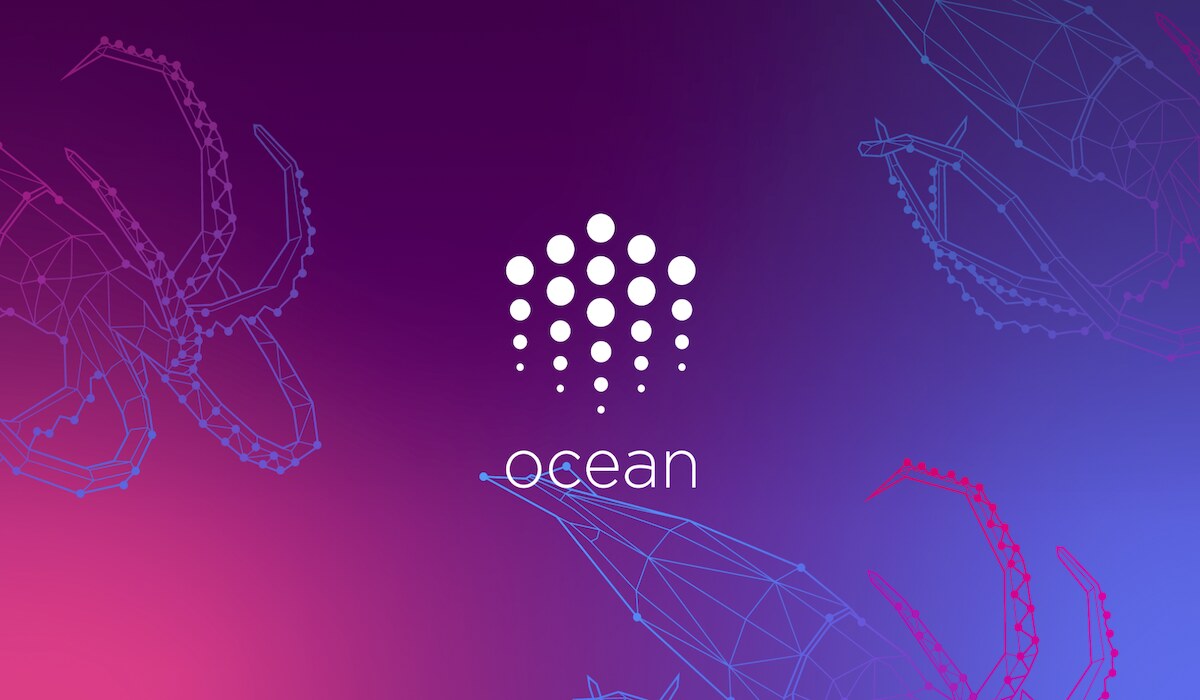
The project is widely used in industries that require high-quality data sets for AI training, such as healthcare, finance, and logistics.
Key features of Ocean Protocol
- Tokenized data economy: Allows secure buying and selling of AI training data.
- Compute-to-data mechanism: Enables AI models to learn without direct data access.
- Data NFTs & blockchain security: Provides verifiable ownership and traceability of datasets.
- AI & machine learning monetization: Allows data providers to profit from AI-driven insights.
- Industry-specific solutions: Supports AI-driven data sharing for healthcare, finance, and logistics.
Fetch.ai
Fetch.ai is a decentralized AI network that powers autonomous AI agents capable of performing complex tasks across a variety of industries. They optimize processes such as decentralized finance (DeFi) transactions, supply chain automation, and smart city management.
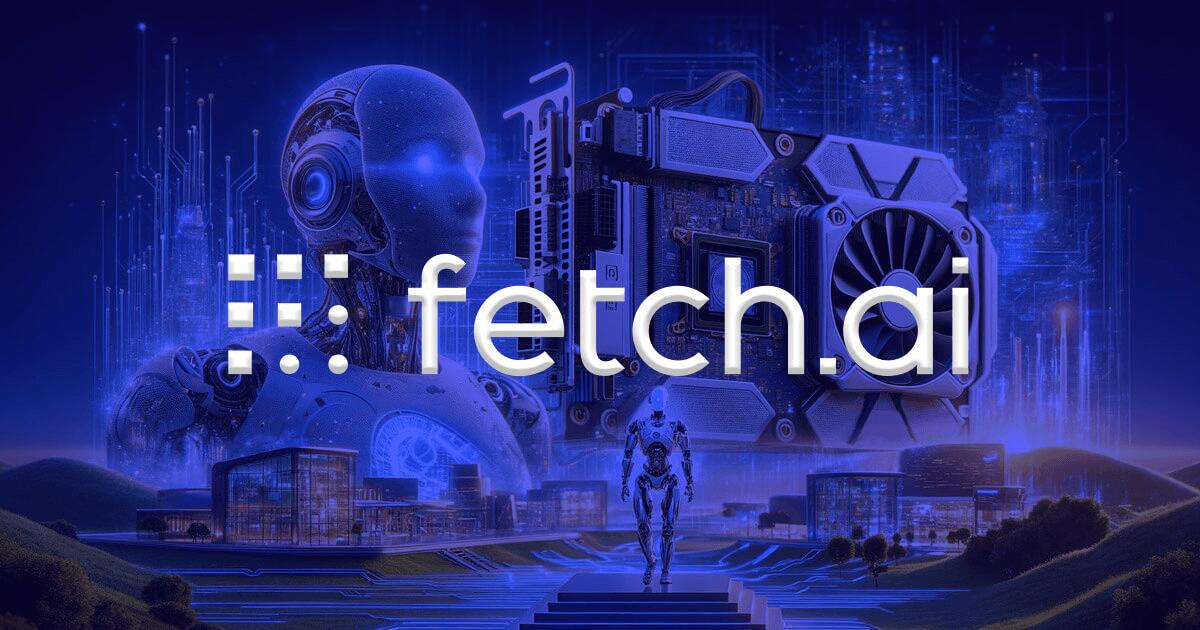
Fetch.ai’s AI models leverage the collaboration of multiple agents to interact efficiently and securely in a blockchain environment. The platform also supports intelligent automation for smart grids, transportation, and IoT devices, making it a leader in AI-powered blockchain applications.
Key features of Fetch.ai
- Autonomous AI agents: Self-learning AI models that automate tasks in decentralized systems.
- Decentralized AI network: Enables AI collaboration while maintaining data privacy.
- Multi-agent DeFi trading: AI-driven market-making for decentralized finance.
- Smart cities & IoT integration: AI optimizes urban infrastructure and logistics.
- Blockchain-based machine learning: Secures AI model training using decentralized computation.
Challenges and Tips To Take Advantage Of Web3 AI
Web3 AI reshapes intelligence, but it also introduces barriers that make adoption difficult. Complex networks, slow processing speeds, and security risks require smart strategies to maximize AI’s potential in decentralized systems.
Challenge #1: Data fragmentation limits AI performance
AI thrives on high-quality, structured data sets, but Web3 distributes information across decentralized networks. Without a unified storage, AI models struggle to recognize patterns, leading to incomplete analysis and poor decision making.
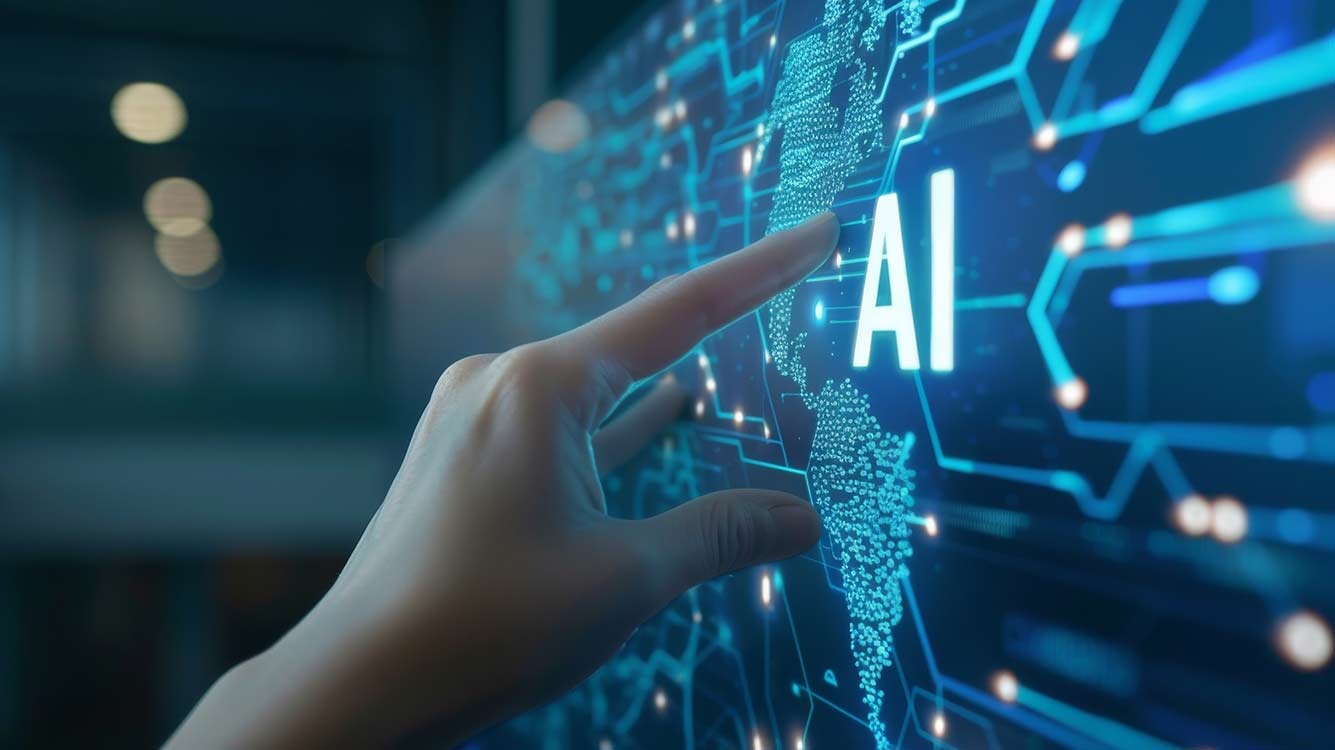
Unlike traditional prototypes, Web3 AI is expected to navigate multiple data stores, each with different formats and access rules. As a result, AI systems often take longer to refine their recognition when connecting to Web3, increasing computational costs.
Solutions:
- Use decentralized data connectors to aggregate information across blockchain networks, ensuring AI has a complete dataset to analyze.
- Leverage federated learning to train AI models across multiple sources without transferring raw data, improving privacy and efficiency.
- Implement blockchain indexing tools to structure and tag data, making it easier for AI to retrieve and process relevant insights.
- Adopt multi-source AI models that combine diverse data streams, allowing AI to compensate for missing or inconsistent inputs.
- Collaborate with Web3 data providers that specialize in structured datasets, reducing the need for excessive data preprocessing.
Challenge #2: Computational bottlenecks constrain AI scalability
Blockchain networks are designed for security and decentralization, not speed. Every AI-driven transaction competes for block space, resulting in slow execution times and high gas fees. Smart contracts, which automate AI actions, have strict limits on complexity, preventing large-scale computation.

If AI cannot scale efficiently, Web3 applications risk becoming more sluggish, and costly for real-world automation.
Solutions:
- Adopt hybrid computing models that process intensive AI tasks off-chain while keeping verification and key outputs on-chain.
- Explore layer-2 scaling solutions like rollups or sidechains, which allow AI to operate faster without overloading the main blockchain.
- Integrate zero-knowledge proofs to let AI verify data without revealing sensitive details, reducing transaction costs while preserving privacy.
- Use distributed computing networks where multiple nodes share AI workloads, improving speed and efficiency.
Challenge #3: Trust deficits undermine AI reliability
Decentralization removes intermediaries, but it also removes accountability. AI models in Web3 run autonomously, making them vulnerable to manipulation through malicious data inputs or biased training sets. Since no central authority regulates these systems, users must trust that AI decisions are fair, unbiased, and secure.
Without transparency and governance, businesses may hesitate to deploy AI-driven automation, fearing unpredictable or harmful outcomes.
Solutions:
- Adopt AI verification tools that check for tampering, ensuring models remain unchanged and unbiased.
- Support decentralized AI governance where multiple stakeholders oversee AI behavior, preventing centralized manipulation.
- Use transparent auditing systems that log AI training data and decision-making processes on an immutable blockchain.
- Implement multi-signature approvals for AI-driven actions, reducing the risk of unauthorized or malicious executions.
- Engage with trusted AI governance platforms that establish ethical frameworks and security standards for decentralized intelligence.
Conclusion
In conclusion, understanding Web3 AI is essential for businesses in Singapore looking to stay ahead in the decentralized digital economy. By applying these insights from our article, businesses can make informed decisions on integrating Web3 AI effectively, balancing innovation with efficiency. The right approach will unlock new automation possibilities, optimize operations, and create a competitive edge in the evolving Web3 landscape.
Don’t hesitate to contact AHT Tech immediately for custom consultation and experts’ advice for your own Web3 AI application’s journey.


